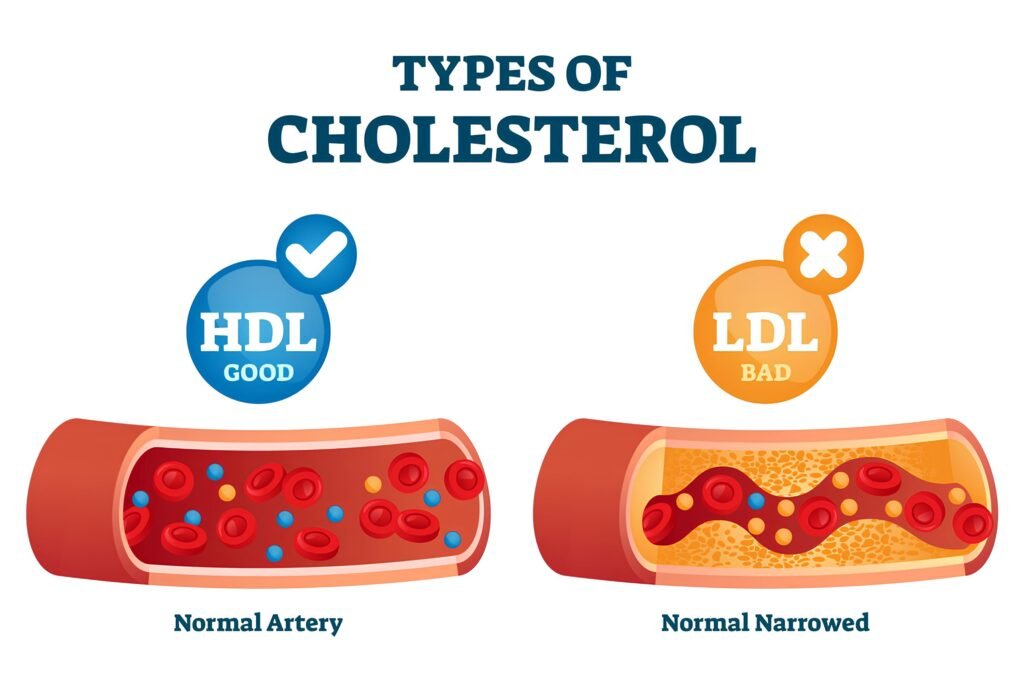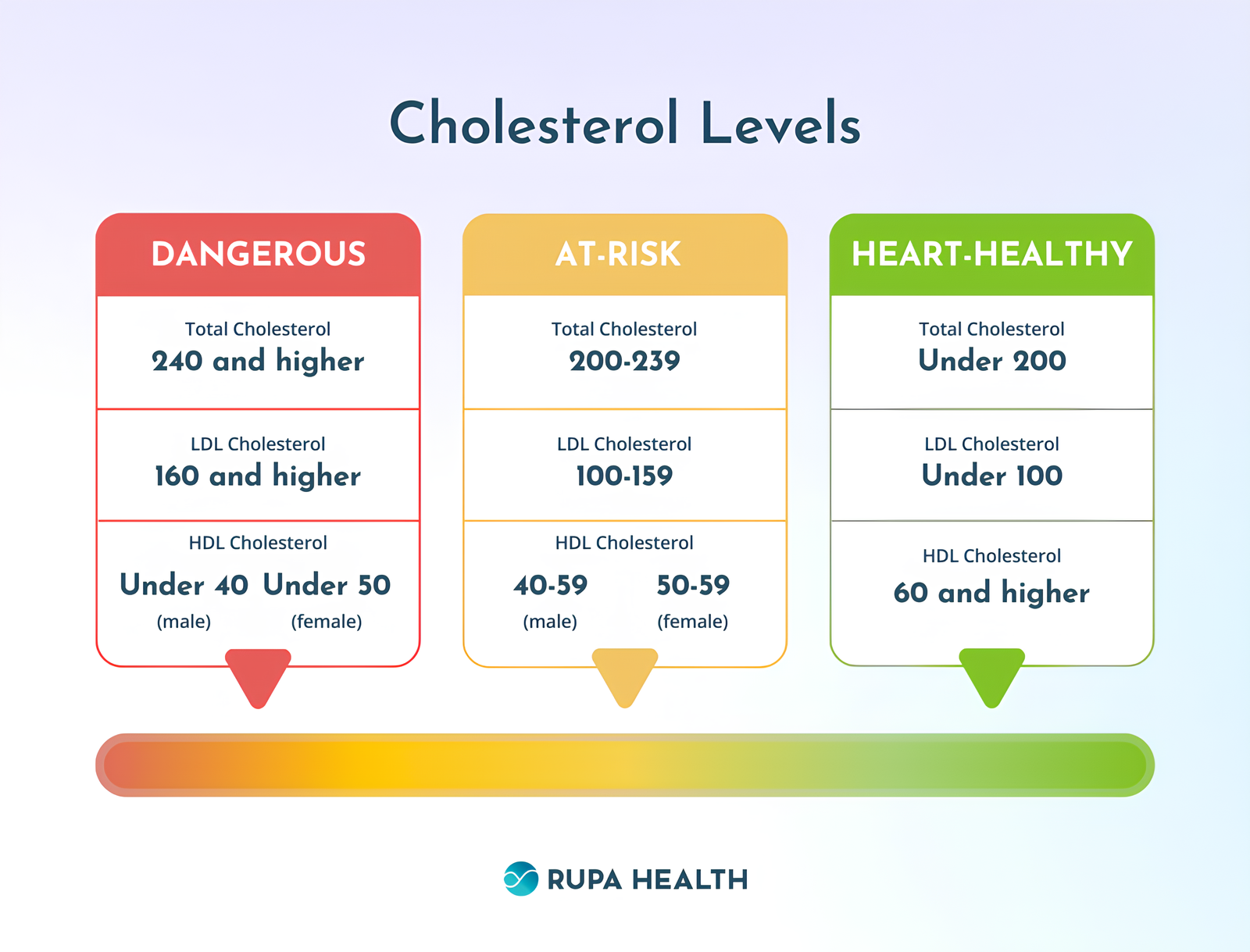When it comes to cholesterol, many of us have heard terms like “good cholesterol” and “bad cholesterol,” but what do they really mean? Understanding the difference between these two types of cholesterol is essential for maintaining heart health and overall well-being. In this guide, our website will break down the science in simple terms, explain why it matters, and provide tips for keeping your cholesterol levels balanced.
What is Cholesterol?
Cholesterol is a fatty substance found in your blood. It’s essential for building cells, producing hormones, and creating vitamin D. However, not all cholesterol is created equal. The two main types are:
- Low-Density Lipoprotein (LDL): Often referred to as “bad cholesterol,” LDL can build up in the walls of your arteries, forming plaques. This increases the risk of heart disease and stroke.
- High-Density Lipoprotein (HDL): Known as “good cholesterol,” HDL helps remove excess cholesterol from the bloodstream and transports it to the liver for disposal.

Image Source: [Allrecipes]
Why is Cholesterol Important?
Having balanced cholesterol levels is crucial for your cardiovascular health. High levels of LDL can lead to:
- Artery blockages
- Reduced blood flow to the heart and brain
- Increased risk of heart attacks and strokes
On the other hand, maintaining healthy HDL levels can:
- Help prevent plaque buildup
- Reduce inflammation in the arteries
- Support overall heart health

Image Source: [Pinterest]
What Causes High Cholesterol?
Several factors contribute to cholesterol imbalance, including:
- Diet: High intake of saturated fats and trans fats can increase LDL levels.
- Lack of Exercise: Physical inactivity can lower HDL levels.
- Genetics: Family history plays a role in how your body processes cholesterol.
- Age and Gender: Cholesterol levels naturally rise as you age, and hormonal changes can affect them too.
On the other hand, maintaining healthy HDL levels can:
- Help prevent plaque buildup
- Reduce inflammation in the arteries
- Support overall heart health

Image Source: [Rupa Health]
How to Improve Your Cholesterol Levels
1. Adopt a Heart-Healthy Diet
- Include foods rich in soluble fiber like oats, beans, and fruits.
- Add healthy fats like those in avocados, nuts, and olive oil.
- Avoid trans fats found in fried foods and processed snacks.
2. Exercise Regularly
- Aim for at least 150 minutes of moderate activity per week. Walking, cycling, or swimming can boost HDL levels.
3. Manage Stress
- Chronic stress can negatively affect cholesterol levels. Incorporate activities like meditation or yoga into your routine.
4. Avoid Smoking and Limit Alcohol
- Smoking lowers HDL, while excessive alcohol intake can increase LDL.
5. Regular Check-Ups
- Get your cholesterol levels tested every 4-6 years or more often if you’re at risk.

Image Source: [Rupa Health]
Natural Ways to Boost Good Cholesterol (HDL)
- Natural Ways to Boost Good Cholesterol (HDL)
- Use plant-based oils such as flaxseed or canola oil.
- Incorporate legumes and whole grains into your meals.

Image Source: [Wait And Sea]
Takeaway
Balancing good and bad cholesterol isn’t just about numbers—it’s about taking control of your health. By making simple lifestyle changes, you can lower your risk of heart disease and live a longer, healthier life. Start with small steps today and give your heart the care it deserves!













